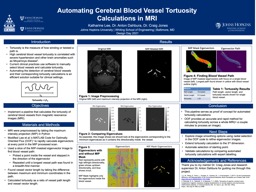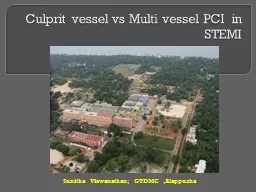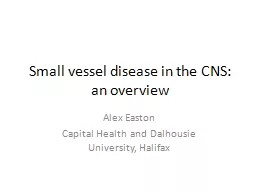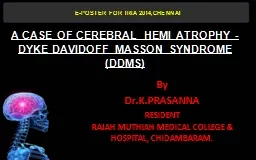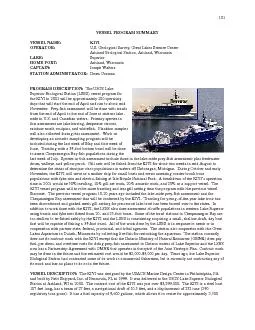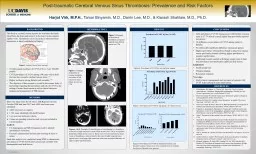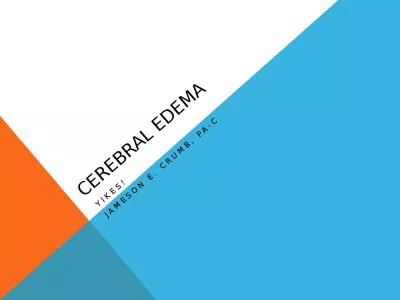PPT-Automating Cerebral Blood Vessel Tortuosity Calculations in MRI
Author : emery | Published Date : 2024-01-29
Katharine Lee Dr Anton Dahbura Dr Craig Jones Johns Hopkins University Whiting School of Engineering Baltimore MD Design Day 2021 Tortuosity is the measure of
Presentation Embed Code
Download Presentation
Download Presentation The PPT/PDF document "Automating Cerebral Blood Vessel Tortuos..." is the property of its rightful owner. Permission is granted to download and print the materials on this website for personal, non-commercial use only, and to display it on your personal computer provided you do not modify the materials and that you retain all copyright notices contained in the materials. By downloading content from our website, you accept the terms of this agreement.
Automating Cerebral Blood Vessel Tortuosity Calculations in MRI: Transcript
Download Rules Of Document
"Automating Cerebral Blood Vessel Tortuosity Calculations in MRI"The content belongs to its owner. You may download and print it for personal use, without modification, and keep all copyright notices. By downloading, you agree to these terms.
Related Documents

